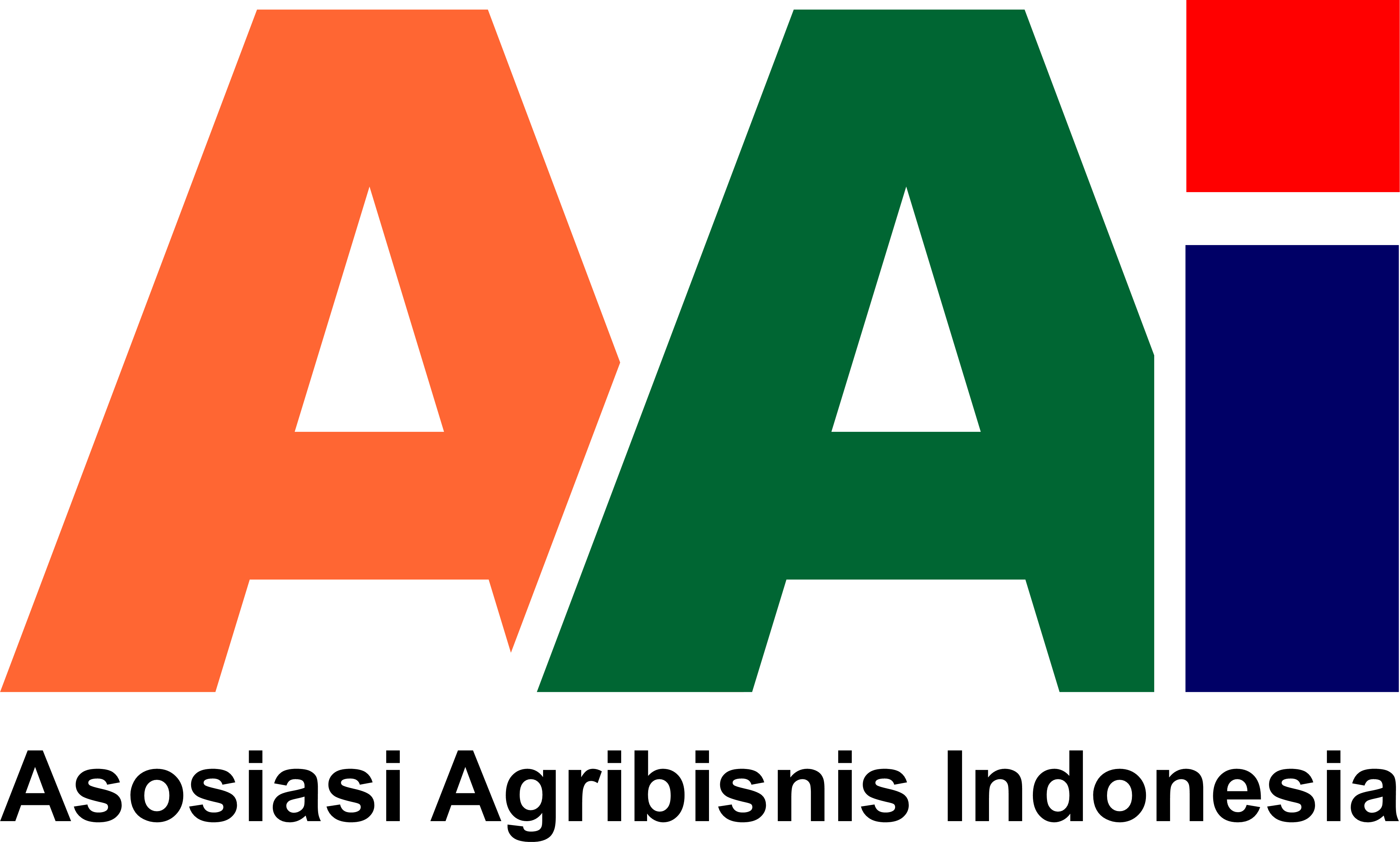Jurusan Sosial Ekonomi Pertanian Fakultas Pertanian dan Program Pascasarjana Universitas Sriwijaya
Abstract
The objective of the research is to find out the position of fresh fruit bunch (FFB) price of oil palmdetermined by regional government in a range of its price predicted by bilateral monopoly market
approach, meaning that whether it have protected plasma farmers and reaching a price that reflected
balance bargaining positions, or it tended to come close to a monopsonist price or to monopolist price.
Three nucleus estate smallholders (NES) types was selected as samples to be examined their condition
and data (1998-2002) in this research, which were NES-Transmigration managed by private and
public firms, and NES of small scale credit type. Single equations analyses of econometric model
were used to estimate FFB price and volume in constructing demand and supply curves of the
commodity. The results show that the determined FFB price is proven to have protected farmers from
monopsonist price application without that intervention. However, the its level in bilateral monopoly
market perspective, in which KUD representing farmers as a monopolist, still closed to monopsonist
price. This also reflects stronger bargaining power of the nucleus firm than the plasma farmers, and
the status of FFB price as a derivation of world CPO price. More strong commitment and serious
attempt are needed from both sides to increase partnerships works in order to obtain fair FFB price in
the future.
Downloads
Download data is not yet available.
How to Cite
MULYANA, ANDY.
Jurusan Sosial Ekonomi Pertanian Fakultas Pertanian dan Program Pascasarjana Universitas Sriwijaya.
SOCA: Jurnal Sosial Ekonomi Pertanian, [S.l.], nov. 2012.
ISSN 2615-6628.
Available at: <https://ojs.unud.ac.id/index.php/soca/article/view/4184>. Date accessed: 15 dec. 2025.
Issue
Section
Articles
Keywords
Oil Palm, Fresh Fruit Bunch (FFB), CPO, NES, Price, Monopsony, Monopoly, Bilateral Monopoly












